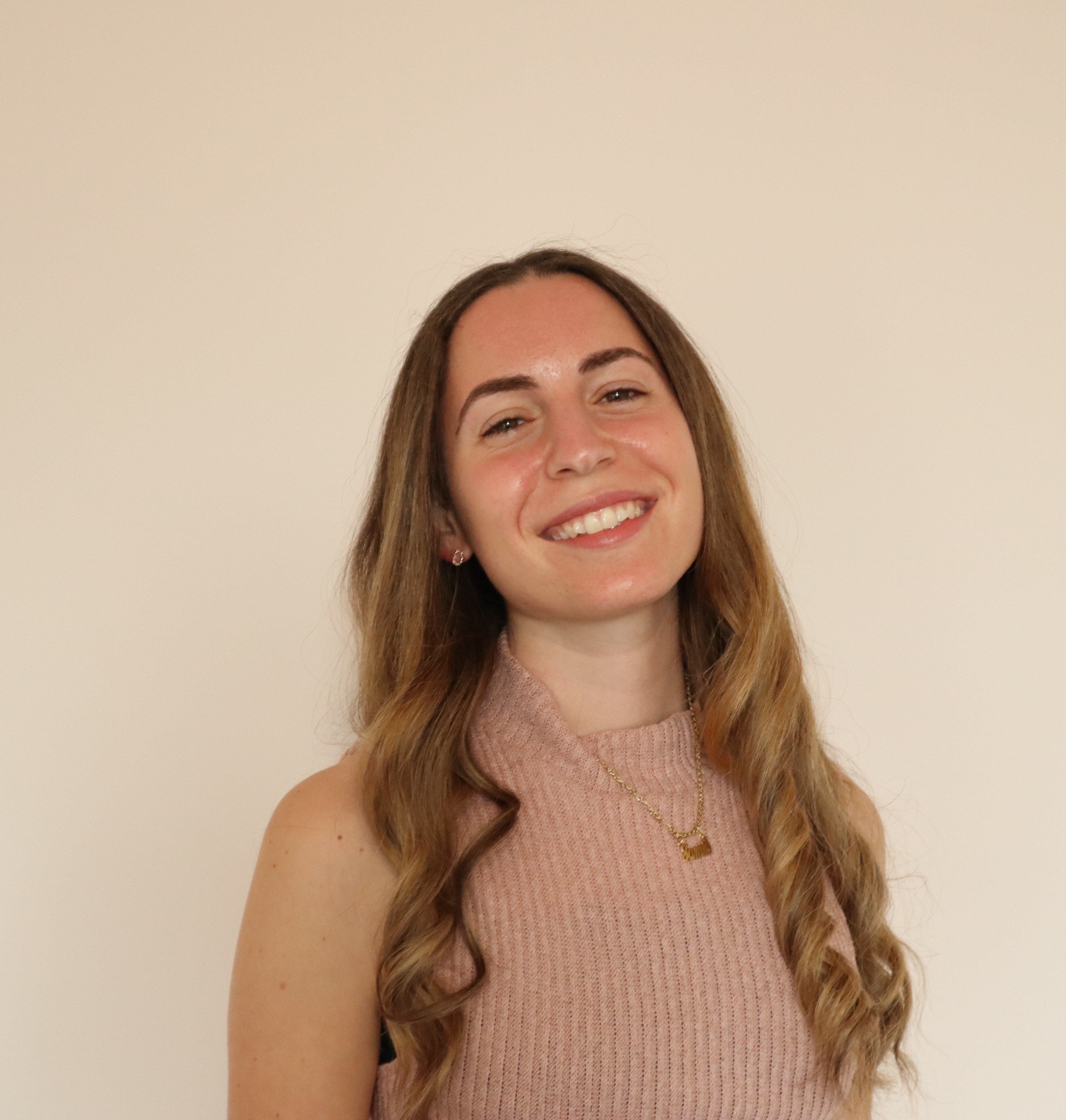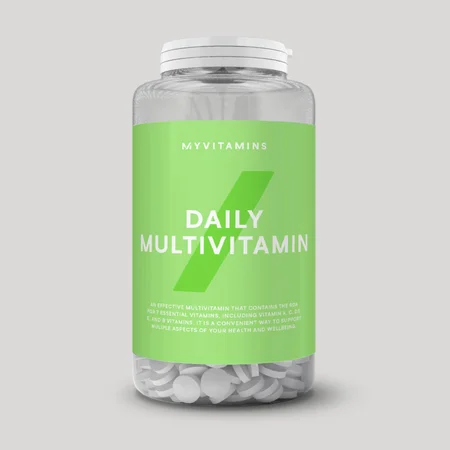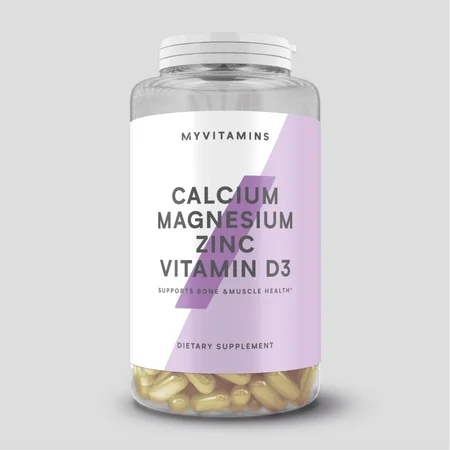
Have you ever noticed feeling depressed in the winter and you don't know why? You just don't feel like yourself, and your mood is not great. Many people experience mood changes when winter approaches and the days begin to get darker and colder, especially if you live somewhere with a noticeable change in seasons. But if these mood changes are impacting your daily life, motivation, and thoughts, Seasonal Affective Disorder may be what you're experiencing.
What is Seasonal Affective Disorder?
Seasonal Affective Disorder is a form of depression correlated with changes in season. The disorder consistently begins and ends at approximately the same time of year every year, and many people go through it. For most, symptoms will begin in autumn and last through the winter months. It is possible to develop SAD in the warmer seasons of spring and summer, and then begin to feel better as the weather gets colder in autumn or winter, but this type of SAD is rare.
Is SAD a real disorder?
Now you may be thinking, everyone gets sad in the winter, big deal right? Wrong. SAD is a very real condition and has been recognized as a major depressive disorder by the Diagnostic and Statistical Manual for Mental Disorders.(1)
SAD is a real form of depression
People who experience SAD can have symptoms that greatly impact their daily lives, similar to other mental health conditions. SAD greatly inhibits motivation and can cause people to lose touch with their close relations and even with themselves while affected. Many psychiatrists and clinicians are familiar with the condition, and it has been recognized as a very real form of depression.(1)
Six percent of the US population experiences SAD in its fullest form, while another fourteen percent goes through a less severe form of seasonal mood changes, known as winter blues.(1) Most people affected by SAD live in northern climates, which makes sense if you think about it. Winter can be brutal when you're far up North. SAD affects people all over the world, and is even more pervasive outside the US in Northern countries like Norway.(1)
Is Seasonal Affective Disorder a mental illness?
SAD is not considered to be within a separate category of mental illness but is a form of depression, a very well-known mental health condition. Thus, many of the symptoms of SAD are similar to symptoms of major depression.
How long does SAD last?
SAD is a seasonal condition and lasts about four to five months, typically beginning in the fall and ending in the spring.
What are the symptoms of SAD?
- Feeling depressed every day, for the majority of the day
- A lack of energy; fatigue
- Oversleeping
- Losing interest in activities, relationships, etc.
- Overeating and gaining weight
- Issues concentrating
- Feelings of despair and dejection
- Suicidal thoughts
When do SAD symptoms start?
Symptoms of SAD, in most cases, begin to take effect as the weather changes in the fall and winter approaches. As the seasons change, many people start experiencing feelings of depression and the accompanying symptoms of SAD.
What causes SAD?
Seasonal Affective Disorder may have many causes such as less socializing and human contact during the winter months, the cold and unpleasant weather, and the days feeling shorter. It is hard to pinpoint what exactly is behind the condition. It's most likely a combination of many things.
One thing we know that is a sure factor in the equation is the lack of sunlight in the winter months. As we know, the sun rises later and sets earlier in the winter, and there is less daylight. But also, even during the day, the sun is much weaker in Northern climates during the winter. The sun is actually necessary for many of the reactions going on in our bodies. Not having sunlight can disrupt serotonin and melatonin, affecting mood and sleep patterns.(2) It is also the major cause of Vitamin D deficiency in the winter.
What is the best treatment for Seasonal Affective Disorder?
One current treatment for SAD is medication. (1)But if you're looking for a natural and more simple way to help alleviate symptoms of SAD, many studies have shown that supplementing with vitamins can help reduce symptoms of mental health conditions like anxiety and depression.
Why do vitamins work?
It is quite common for Americans to be deficient in nutrients because of poor diet, especially vitamins, minerals, and Omega 3 fatty acids. Many mental health conditions are actually linked to severe deficiencies in these essential nutrients. According to research published in the Indian Journal of Psychiatry, many studies have shown that supplementing daily with vitamins and/or amino acids is often effective in helping reduce symptoms of mental health disorders like depression.(3)
One 2022 study published in the Human Psychopharmacology: Clinical and Experimental journal demonstrated that high doses of vitamin B6 caused young adults to have less anxiety over the course of a month, and indicated a trend towards lower levels of depression too.(4) Another 2022 study published in Critical Reviews in Food Science and Nutrition found that supplementing with Vitamin D (2000 IU or more) appeared to reduce symptoms of depression.(5)
So according to the research, a simple way to help alleviate some of the symptoms of SAD is to make sure you are getting enough nutrients in your diet. And if you're not, to supplement with vitamins and essential nutrients.
Aside from your essential nutrients and vitamins, there are some additional supplements that may help those suffering from SAD.
Supplements like L-Carnitine and Green Tea Extract promote energy and can help stave off that fatigue and lack of motivation that comes with SAD. And if you're looking to just feel better overall, a multivitamin is an easy way to get in your necessary nutrients and improve overall well-being.
If you're feeling sadness with the change of the seasons, take care of your body and provide it with what it needs to function at its optimal levels. Our bodies and mental health are tied together. If your body is lacking in fuel, that's going to affect how you feel mentally.
Alternative treatments
Seeking out a therapist is another helpful way to keep Seasonal Affective Disorder at bay. Taking care of your mental health is a job, and that means that just like with everything else in life, you have to put in the work to see results. Therapy is a great tool to help people understand their thoughts and emotions, and create strategies to prevent the negative ones from taking over.
Lastly, phototherapy is another option to reduce symptoms of SAD. One of the major causes of the condition is the lack of sunlight in the winter. Phototherapy treatment involves using artificial light that mimics sunlight and can help with various conditions. Natural sunlight influences your body's circadian rhythms (natural rhythms) and can affect mood and sleep patterns. So exposure to light in the winter can provide some relief from SAD symptoms.
Take Home Message
If you're feeling depressed in the winter months, you're not alone. Don't let SAD bring you down. Follow these strategies to get control of SAD and be your best self, even when it's dark and freezing out.
Got some more time?
READ THESE NEXT:

Improve Your Functional Fitness with These Six Nutrition Tips
Boost your performance and smash your goals with these top tips. ...

I Tried Vegan Supps For 30 Days & I'm Not Going Back
Our inspiration this vegan month. ...
Our articles should be used for informational and educational purposes only and are not intended to be taken as medical advice. If you’re concerned, consult a health professional before taking dietary supplements or introducing any major changes to your diet.

A Rutgers University Honors graduate, Jamie grew up on the Jersey shore and double majored in Comparative Literature and Anthropology in college. Jamie is an experienced writer in the health and wellness, biotech, and eCommerce fields. She loves writing with a purpose and has even written for the Department of Justice.
Jamie became drawn to exercise during her time in university and began to notice the physical and mental benefits of moving your body daily. Today, Jamie enjoys Pilates, light weight training, and going on long walks in nature daily.
Jamie is also passionate about eating right and prioritizing gut health and immunity. She is always trying the next innovation in health and wellness. When she’s not writing articles, Jamie enjoys reading, playing guitar, and finding dogs to play with.
- Targum, S. D., & Rosenthal, N. (2008, May). Seasonal affective disorder. Psychiatry (Edgmont (Pa. : Township)). Retrieved November 13, 2022, from https://www.ncbi.nlm.nih.gov/pmc/articles/PMC2686645/
- Kent, S. T., McClure, L. A., Crosson, W. L., Arnett, D. K., Wadley, V. G., & Sathiakumar, N. (2009, July 28). Effect of sunlight exposure on cognitive function among depressed and non-depressed participants: A regards cross-sectional study. Environmental health : a global access science source. Retrieved November 13, 2022, from https://www.ncbi.nlm.nih.gov/pmc/articles/PMC2728098/
- Rao, T. S. S., Asha, M. R., Ramesh, B. N., & Rao, K. S. J. (2008, April). Understanding nutrition, depression and mental illnesses. Indian journal of psychiatry. Retrieved November 13, 2022, from https://www.ncbi.nlm.nih.gov/pmc/articles/PMC2738337/
- Field, D. T., Cracknell, R. O., Eastwood, J. R., Scarfe, P., Williams, C. M., Zheng, Y., & Tavassoli, T. (2022, July 19). High‐dose vitamin B6 supplementation reduces … – wiley online library. Wiley Online Library. Retrieved November 13, 2022, from https://onlinelibrary.wiley.com/doi/10.1002/hup.2852
- authors, A., & Mikola, T. (2022, July 11). The effect of vitamin D supplementation on depressive symptoms in adults: A systematic review and meta‐analysis of Randomized Controlled Trials. Taylor & Francis. Retrieved November 13, 2022, from https://www.tandfonline.com/doi/full/10.1080/10408398.2022.2096560











